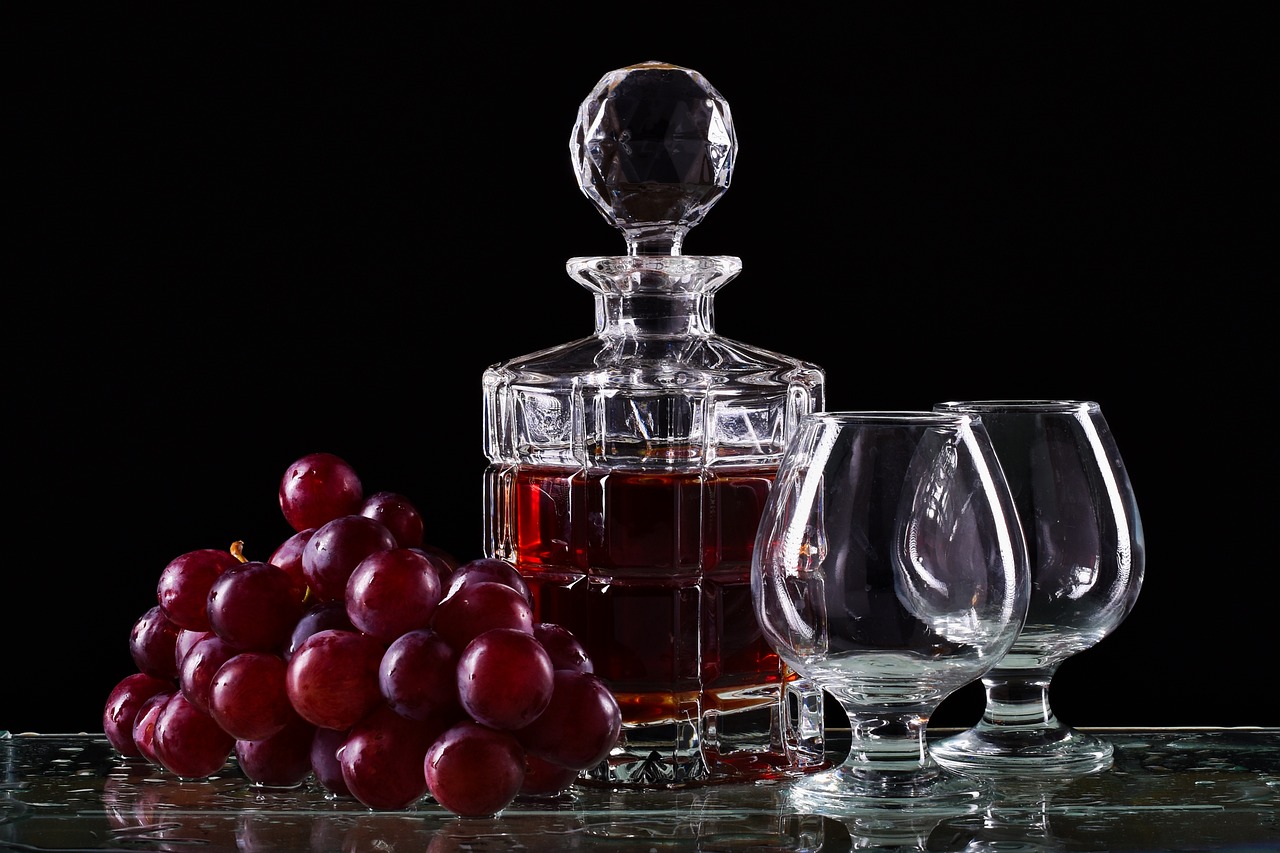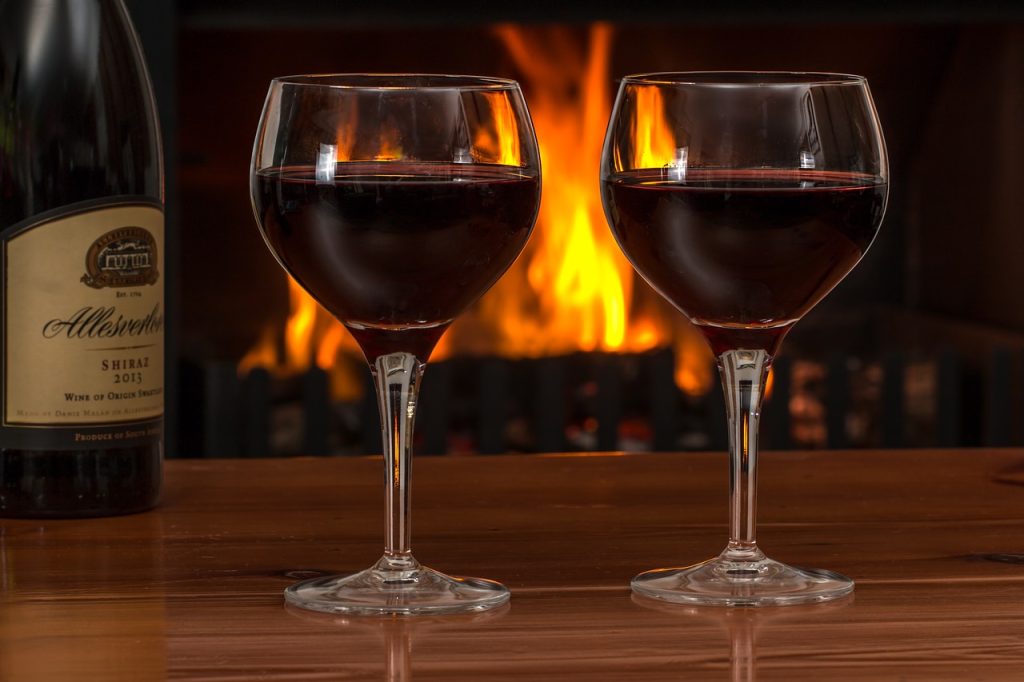
Wine, often considered one of humanity’s oldest and most celebrated beverages, holds a place of honor in various cultures around the world. Its history stretches back thousands of years, with evidence suggesting that the earliest known wine was produced in ancient Georgia around 6000 BCE. Over the millennia, wine has evolved into a sophisticated art form, with regions across the globe cultivating unique varieties and flavors.
At its core, wine is a product of the grapevine. The process of winemaking begins with the careful selection and harvesting of grapes, which are then fermented to produce the alcoholic beverage. The nuances of flavor in wine come from a complex interplay of factors including grape variety, soil composition, climate, and winemaking techniques.
There are several types of wine, each with its own distinctive characteristics. Red wines, known for their deep colors and rich flavors, are made from dark-colored grape varieties and often age well, developing complex notes over time. White wines, typically lighter and crisper, are made from green or yellowish grapes and are usually enjoyed for their refreshing qualities. Rosé wines, with their delicate pink hue, are produced from red grapes but have shorter skin contact during fermentation, giving them a unique blend of red and white wine characteristics.

Wine is not just a beverage but an experience that engages the senses. The sight of a glass of wine, whether ruby red or golden yellow, can be visually appealing. The aroma, or bouquet, often reveals layers of fruit, spice, and earthiness. Tasting wine involves discerning its flavors, textures, and the balance between sweetness, acidity, and tannins. Each sip can tell a story of its origin, the care taken in its production, and the artistry of the winemaker.
Food Pairings
Pairing wine with food can elevate a meal to new heights. The right combination enhances the flavors of both the wine and the dish, creating a harmonious balance. For instance, a robust red wine may complement a hearty steak, while a crisp white wine can perfectly accompany fresh seafood.
Wine also has a social and cultural dimension. It brings people together, whether for celebratory occasions, casual gatherings, or intimate dinners. Wine tasting events and vineyard tourism offer enthusiasts the chance to explore and appreciate the diversity of flavors and techniques used in winemaking.
In conclusion, wine is more than just a drink; it is a reflection of tradition, craftsmanship, and culture. Its rich history and wide array of varieties make it a fascinating subject of study and enjoyment. Whether sipped in solitude or shared with others, wine has the power to enhance life’s moments and connect people through a shared appreciation of its art and elegance.